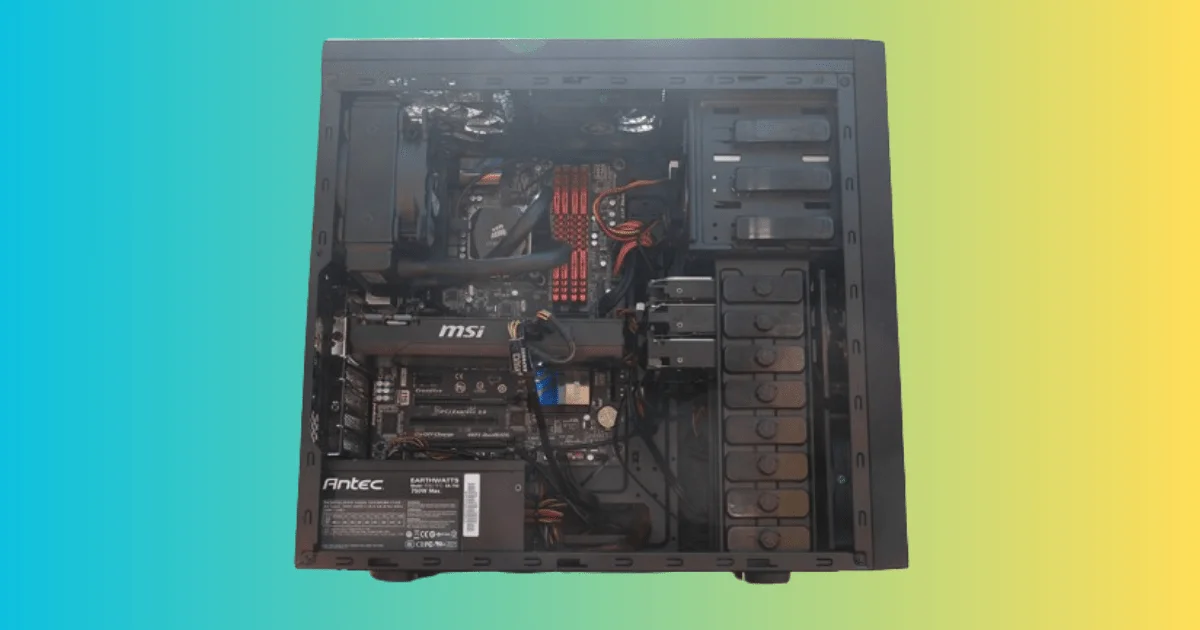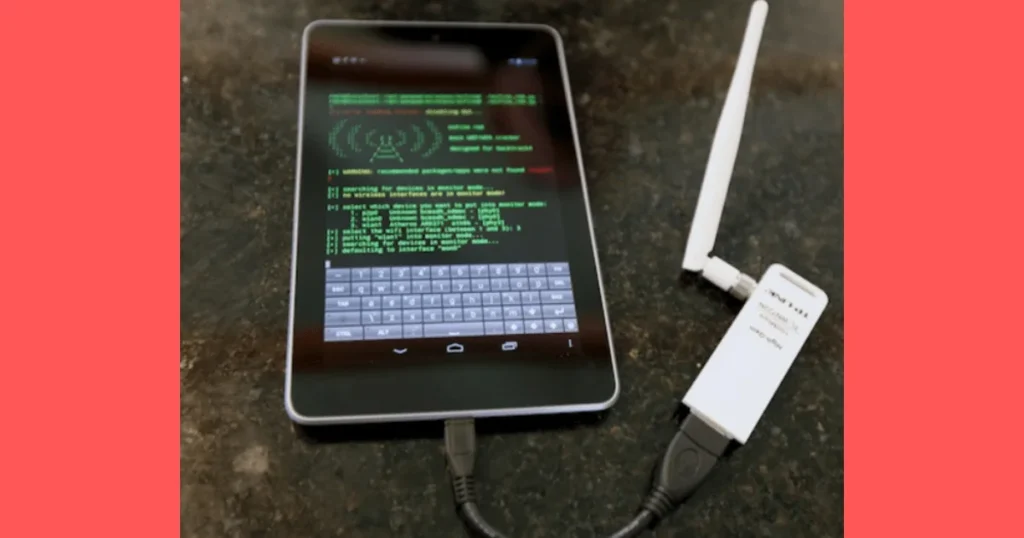About The Author
Sher Gole
I’m Sher Gole, a tech blogger, website developer, and the creator of TechSherGole. I simplify complex tech topics, covering gadgets, software, and AI trends. When I’m not writing, I explore new technologies and enhance web experiences.
Related Posts
How Do I Know If My Computer Is Breached? How Do I Secure It?
Share this articleHow Do I Know If My Computer Is Breached In 2024? How Do I Secure It? Introduction: How…
How to Know If Your Phone is Breached – 7 Signs
Share this articleHow to Know If Your Phone is Breached – 7 Signs Introduction: How to Know If Your Phone…




I always feel so much better afterward. The relief is incredible.
There is definately a lot to find out about this subject. I like all the points you made
I appreciate you sharing this blog post. Thanks Again. Cool.
Tourism has changed significantly in 2025, with new destinations emerging as the best tourist places to visit. I also think vacation planning plays a crucial role in a successful trip. With the future of vacations leaning toward digital and customizable options, timeshare vacations offer great flexibility. I also think the future of vacations plays a crucial role in a successful trip.
Rainx Drive is the Best Cloud Storage Platform
Appreciate the time you put into this — it’s packed with value.
Nice article! I especially liked the actionable checklist.
Fantastic post — I shared it with my team and they found it useful.
Pretty section of content. I just stumbled upon your weblog aand in accession capital to assert hat I get in fact
enjoyed account your blog posts. Anyway I will be subscribing to your fweds and evben I achievement you access consistently fast.
This was a pleasant surprise — high-quality content and useful tips.
Hi there, just became alert to your blog through
Google, and found that it is really informative.
I’m gonna watch out for brussels. I will be grateful if you continue
this in future. Lots of people will be benefited from your
writing. Cheers!
very informative articles or reviews at this time.
This might be the most thorough article I’ve ever read on this subject! You didn’t just skim the surface – you really dove deep and covered every important aspect. I especially appreciated how you included both the big picture strategy and the small tactical details. That combination is exactly what people need to actually succeed with this. The time and effort you put into creating this is obvious and so appreciated!
Rize’de huzurlu bir yemek ortamı arayan herkesin gitmesi gereken bir yer. Servis hızlı, çalışanlar kibar, yemekler ise gerçekten lezzetli.
Your article helped me a lot, is there any more related content? Thanks!
Hi there to all, for the reason that I am genuinely keen of reading this website’s post to be updated on a regular basis. It carries pleasant stuff.
I truly appreciate your technique of writing a blog. I added it to my bookmark site list and will
This is my first time pay a quick visit at here and i am really happy to read everthing at one place
Nice post. I learn something totally new and challenging on websites
Good post! We will be linking to this particularly great post on our site. Keep up the great writing
Helps to identify your SEO mistakes and better optimize your site content.